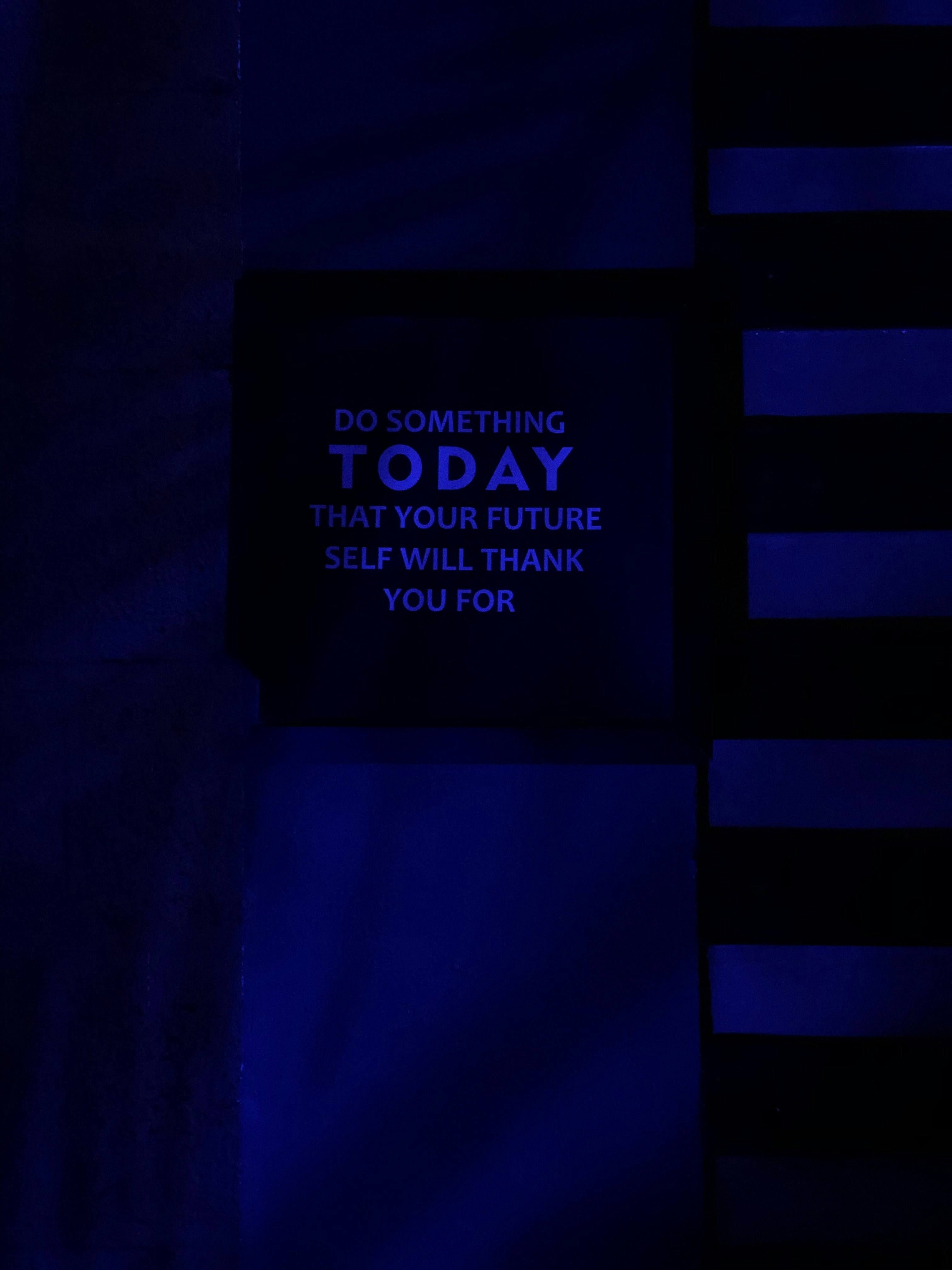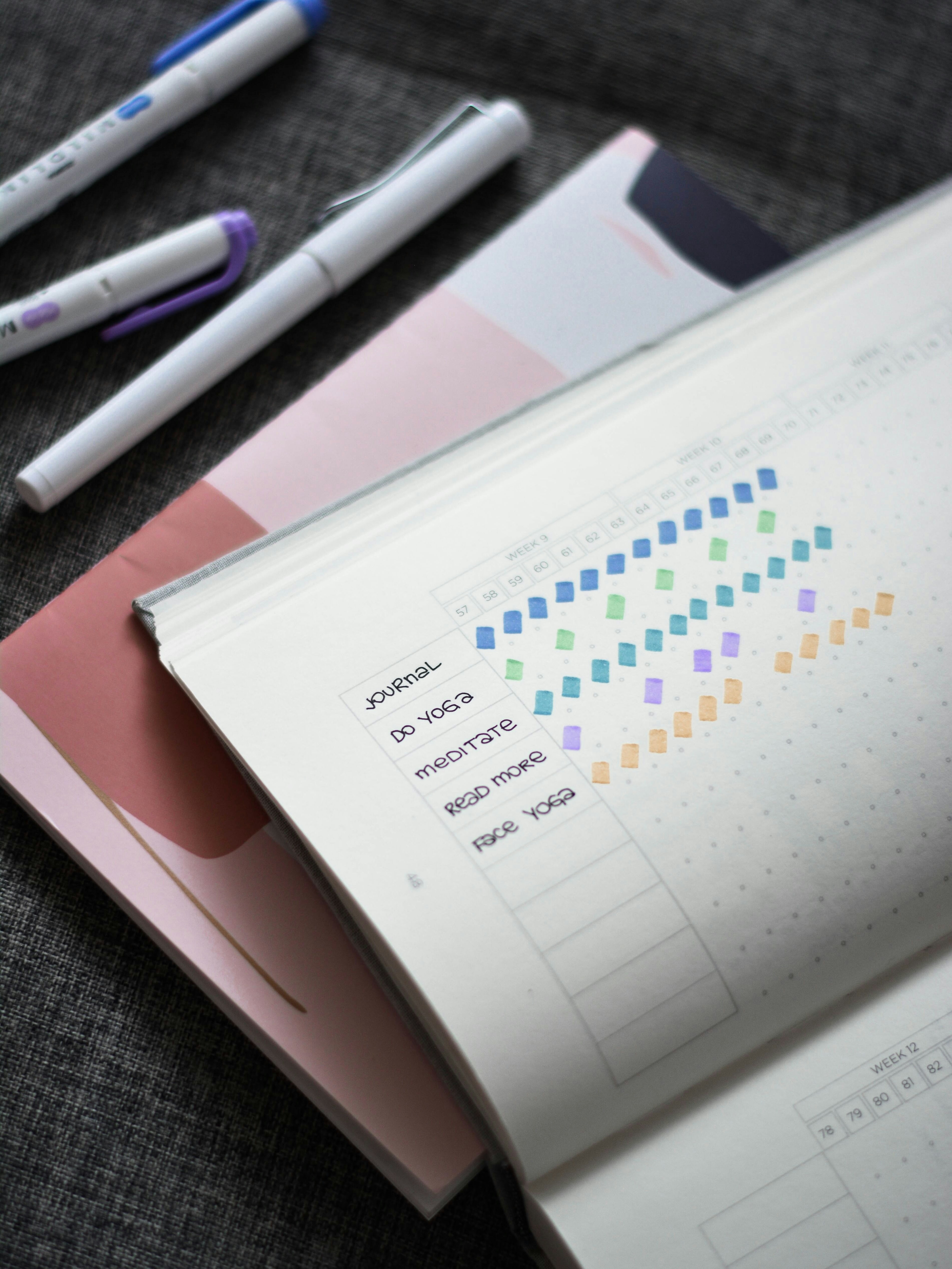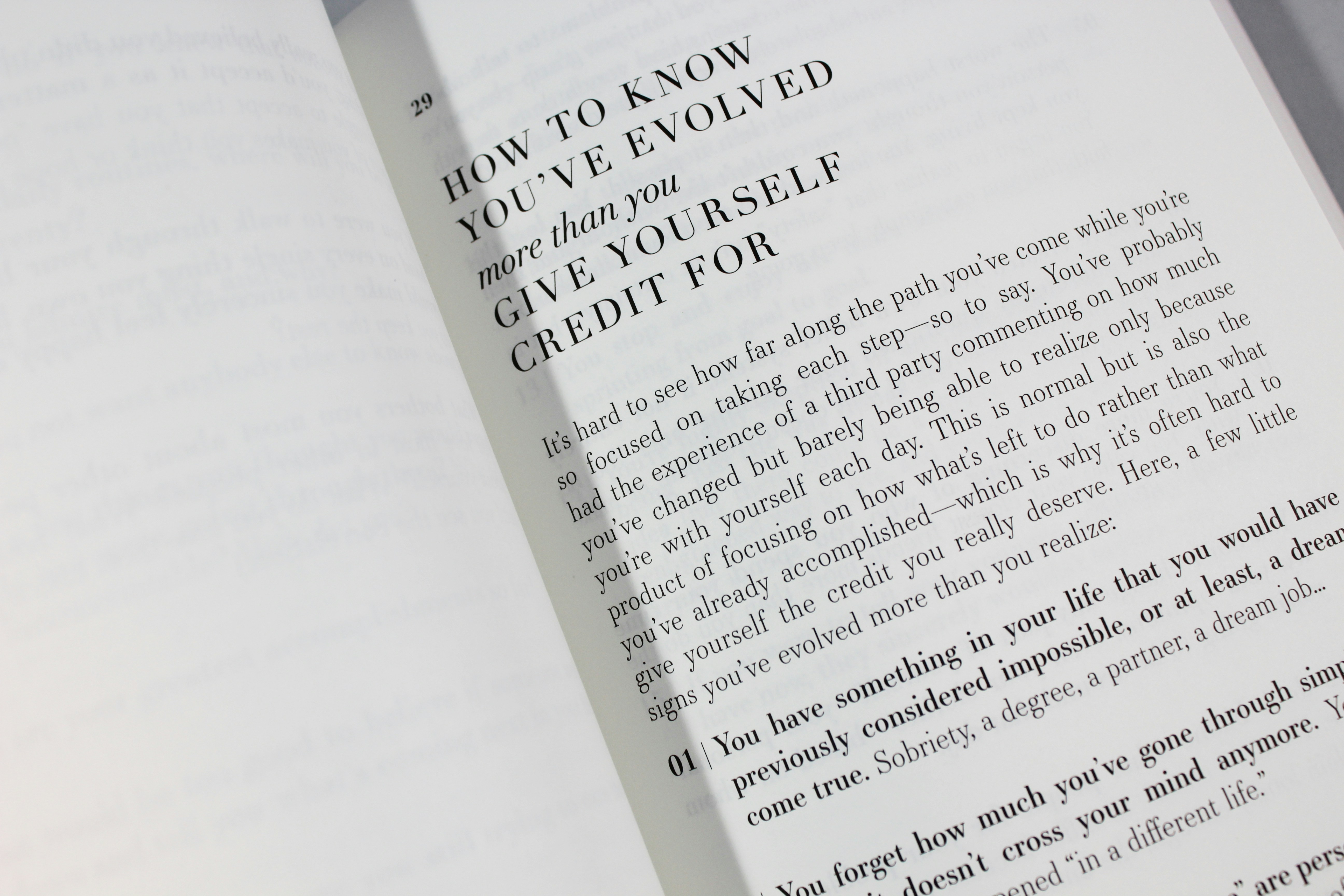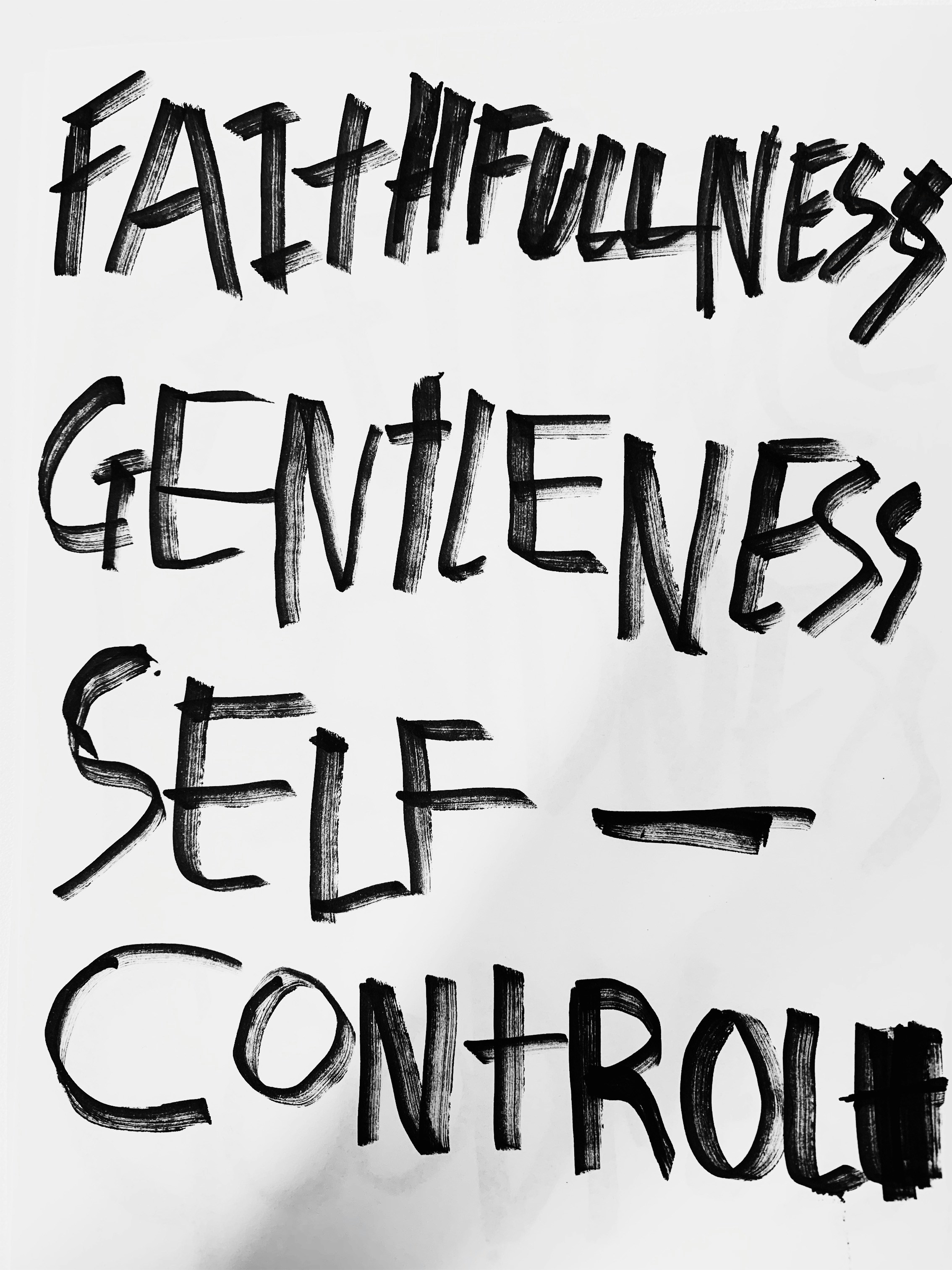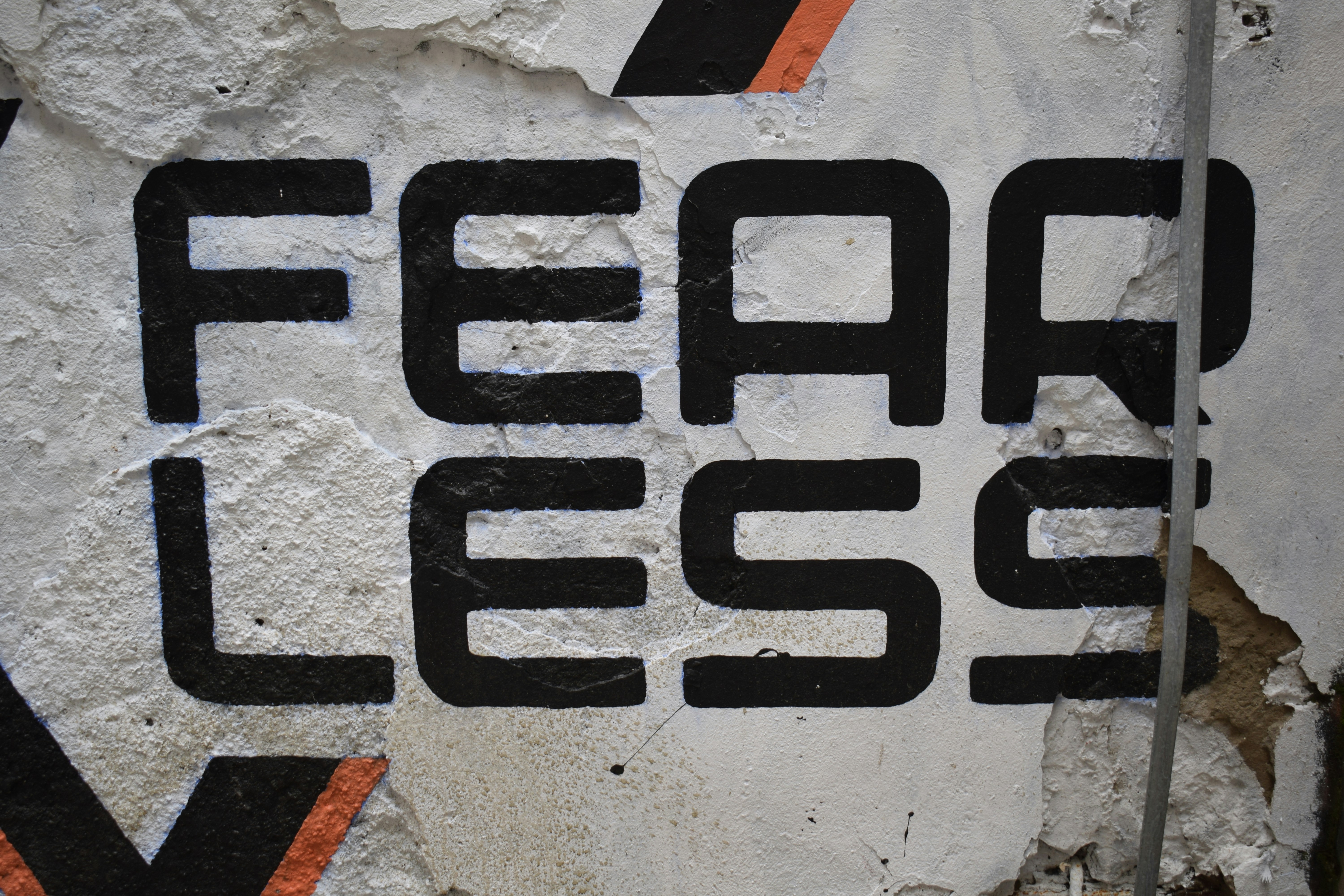Understanding the Concept of a Vision Board
A vision board is a visual representation of an individual’s goals and aspirations, serving as a powerful tool in personal development and goal-setting. It typically consists of images, words, and affirmations that resonate with one’s dreams. The primary purpose of a vision board is to inspire motivation and clarity, enabling individuals to focus on their future selves and the achievements they wish to attain. By presenting a concrete depiction of aspirations, it aids in channeling energy towards realization.
The psychological benefits of creating a vision board are multifaceted. Engaging in this creative process promotes a sense of intentionality, reinforcing a positive mindset. The act of assembling images and quotes that reflect personal goals can lead to increased motivation, as visual stimuli often evoke emotions that can energize an individual’s pursuits. Furthermore, the practice of visualization associated with vision boards enhances the manifestation of these goals into reality. Regularly interacting with the board can serve as a daily reminder of one’s objectives, fostering commitment and determination.
Vision boards can be created in various formats, tailored to each person’s preferences. Traditional boards, made from poster boards and magazines, offer a tactile experience that many find fulfilling. Digital vision boards, created through applications or websites, provide flexibility and can be easily accessed on multiple devices. Hybrid formats that combine both traditional and digital methods can leverage the strengths of each approach. Each medium allows for personalization and innovation, ensuring that the vision board accurately reflects the creator’s ambitions.
In essence, vision boards serve as an effective springboard for personal growth and achieving the future selves that individuals aspire to become. By establishing clear visuals and engaging with them frequently, people align their actions with their dreams, thereby enhancing the likelihood of success.
Visualizing Your Future Self
Visualizing your future self is a crucial component of the vision board creation process. Establishing a clear understanding of who you aspire to be requires deep reflection on your life goals, values, and aspirations. This envisioning process encompasses various facets of life including career, relationships, health, and personal development. Start by identifying your core values. Consider what matters most to you—be it creativity, stability, or personal fulfillment. Take time to make a list of your priorities and how they align with your ideal future.
Once you have a clearer picture of your values, you can delve deeper into your goals. A practical technique is to engage in journaling. Set aside a few minutes each day to write about your aspirations. Documenting your thoughts serves to clarify and solidify your vision, while also allowing for introspection. Moreover, incorporating meditation into your routine can substantially enhance your visualization capabilities. By creating a calm mental space, you can explore your dreams more profoundly, providing insight into what you genuinely desire.
Visualization exercises can also be beneficial. Picture your future self—who are you? What are you doing? Where do you live? Using detailed imagery can help make your aspirations feel attainable. Athletes and successful entrepreneurs often utilize these techniques to exemplify concentration on their objectives. For instance, renowned figures in various industries frequently credit techniques such as visualization for facilitating the achievement of their goals. By comprehensively imagining your future self, you lay the groundwork necessary for developing a meaningful vision board that reflects your ultimate aspirations, bringing you closer to manifesting your dreams.
Working Backwards: Creating a Roadmap to Your Future
To effectively construct a vision board, it is essential to begin by working backward from your envisioned future self. This involves creating a clear roadmap that bridges the gap between where you currently stand and where you aspire to be. The first step in this process is goal setting, which requires you to identify and articulate your long-term objectives. Take time to reflect on what you truly desire, whether it pertains to your career, personal growth, relationships, or health.
Once your major goals are defined, the next phase is to break them down into smaller, actionable tasks. This decomposition transforms daunting ambitions into manageable segments that appear less overwhelming. By delineating specific steps, you can create a structured approach to pursuing your aspirations. Each task should be clear and achievable, paving the way for gradual progress toward your overarching goal.
The importance of establishing a timeline cannot be overstated. Developing a timeline enables you to set targeted deadlines for achieving each small task. This not only adds a sense of urgency but allows you to measure your progress against set benchmarks. However, it is vital to embrace flexibility within your planning. Life is often unpredictable, and circumstances may necessitate adjustments along your journey. Adapting your goals and timelines as required fosters resilience and sustained motivation.
Moreover, tracking your progress is crucial to staying motivated. Consider maintaining a journal or using online tools to monitor advancements and identify areas for improvement. Celebrating small victories and acknowledging progress helps sustain enthusiasm, preventing stagnation in your journey. By establishing a comprehensive roadmap and remaining flexible in your approach, you can effectively navigate your path to fulfilling your vision board and ultimately realize your future self.
Incorporating the Vision Board into Daily Life
Integrating a vision board into daily life is essential for maintaining focus on personal aspirations and future goals. A vision board serves as a visual reminder of what one aims to achieve, encouraging motivation and commitment. Displaying the vision board in a prominent location, such as a workspace, bedroom, or common area, ensures that it is seen regularly, reinforcing one’s intentions. This constant visibility acts as a catalyst for taking actionable steps toward the envisioned future.
To enhance the effectiveness of the vision board, individuals should create daily rituals that incorporate it into their routines. This could involve taking a few moments each morning to reflect on the images, affirmations, or goals represented, thereby setting a positive tone for the day. Additionally, engaging in activities that resonate with the board’s themes—such as journaling or practicing gratitude—can deepen the connection between the individual and their aspirations. Such mindfulness practices transform the vision board from a static object into a dynamic tool for personal growth.
Regular revisitation and updates to the vision board are also crucial. As aspirations evolve and new goals emerge, refreshing the board ensures that it remains relevant and aligned with one’s current desires. This process can be invigorating and may spark new ideas or ambitions. For instance, revising the board every few months can provide an opportunity to celebrate achievements and refocus on upcoming goals.
Incorporating affirmations alongside the vision board further empowers individuals on their journey. These positive statements can be recited daily, reinforcing beliefs in one’s potential to manifest goals. This holistic approach—connecting visualization, mindfulness, and positive affirmations—ensures that the vision board integrates seamlessly into everyday life, fostering sustained motivation and progress towards the envisioned future self.
